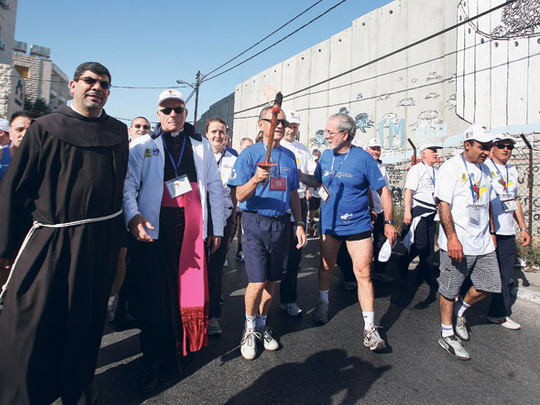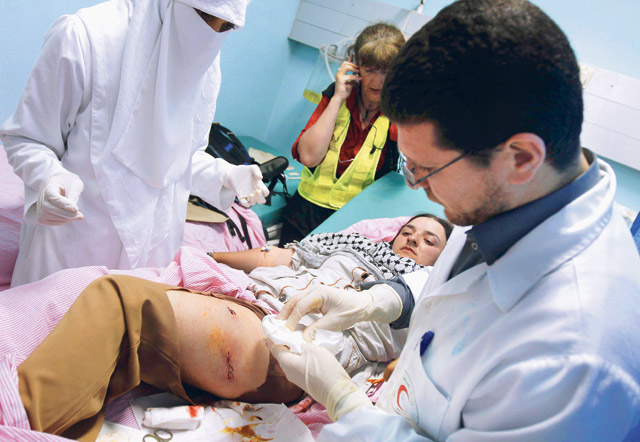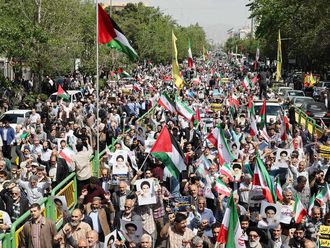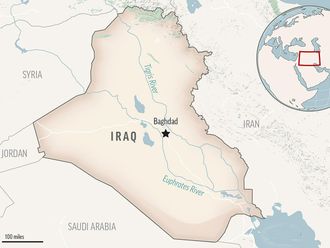
Gaza: The non-violent movement is still alive and well and has spread from the West Bank to the Gaza Strip.
Two small towns near Ramallah, Bil'in and Nil'in in the West Bank, have been the flashpoint for consistent non-violent Gandhi-like demonstrations against Israeli occupation.
Since 2005, these villages, whose combined populations do not exceed 10,000, hold weekly demonstrations against the Israeli wall.
These demonstrations have attracted hundreds of international activists from around the world who stand in solidarity with the Palestinians daily.
More recently however, these types of demonstrations have been gaining momentum in Gaza.
Mohammad Harbed, a protester against the buffer zone in the Gaza Strip, said: "I have been protesting against the occupation for years."
This past weekend, Bianca Zammit, 28, a Maltese pro-Palestinian activist, was shot in the leg during a demonstration against the blockade of the Gaza Strip close to the border with Israel.
"This type of resistance is good for the long term and it can bring peace for the people here some day," Zammit told Gulf News after leaving the hospital for treatment.
"I'm not leaving the Gaza Strip because I'm injured, this shall not keep me from protesting against the injustice that the Palestinians lives because of the Israeli actions against them," she added.
Palestinian resistance took many shapes and styles during the modern Palestinian history against the Israeli occupation, whether it was protests, demonstrations or violent acts.
The first intifada was characterised by grassroots and non-violent political actions by the population of the occupied Palestinian territories. A total of 75 Israelis and 1,124 Palestinians were killed over the five-year period which ended with the signing of the Oslo Accords in 1993.
The strategy of non-violence, though widespread, was not always adhered to, and there were Palestinian youths who threw Molotov cocktails and stones with such violence generally directed against Israeli soldiers and colonists.
The second intifada was much bloodier than the first and focused more on military action.
Peaceful
Officially, President Mahmoud Abbas and the government in Ramallah believe in non-violent resistance, which means peaceful demonstrations, marches in the Palestinian territories, and presenting the Palestinian case and culture to the world.
The Hamas government ruling in Gaza believes that non-violence is just one way to resist Israel. In fact, "there are different ways to force Israel to respect Palestinian rights," Hamas government parliament member Salah Al Bardawel told Gulf News.
Supporting this statement, International Committee for Breaking the Siege spokesman Ali Al Nazliy said although the non-violent resistance had gained more international empathy, none of their rights have been returned.
"The longer they get no response to their demands, the more aggressive they will be and more likely to turn towards violent resistence," Al Nazliy said.
"The Palestinian people lived under the occupation for over 60 years; they resist this occupation in different ways and styles".
"The Palestinian non-violent resistance has now gained more international empathy, but still none of their rights have been returned back to them and the more the Palestinians get no response to their demands, the more aggressive they get, and the more they turn toward violent resistance," Al Nazliy added.













